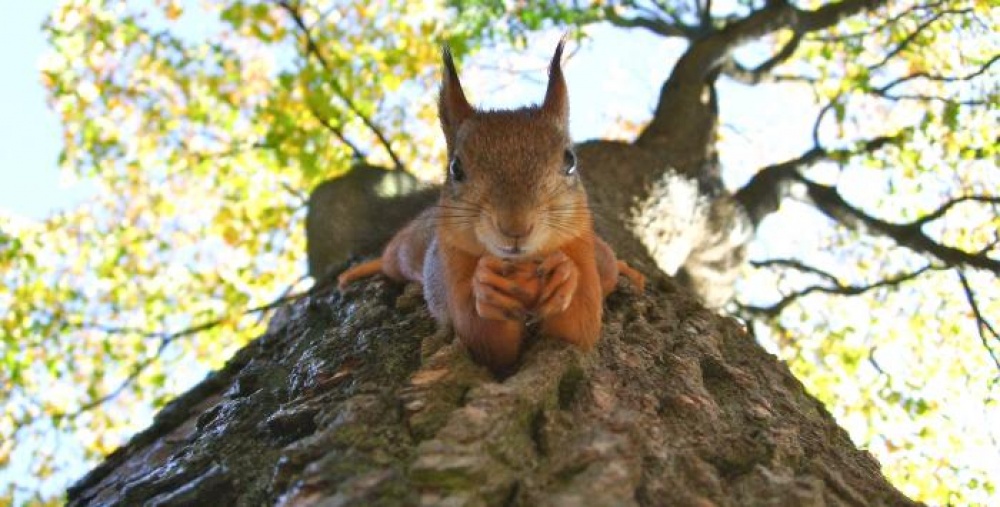Where to Spot Red Squirrels in the Wild in the North East and Cumbria

Experts warn that without our help, red squirrels face extinction in England as food shortages hit during the summer heat. Here’s how we can support the species and where we can spot them.
Red squirrels were recently placed on the Red List of Britain’s endangered mammals by The Mammal Society with an estimated population of less than 40,000 in England, found in a small number of areas including Northumberland and Cumbria. But, with staycations being the go-to for autumn, many of us could catch a glimpse of this rare native species and now is the best time to spot them.
Why are they at risk and how can we help?
From increasing pressure of habitat loss, competition for food, and the fatal squirrelpox virus, our native species is at risk.
Summer was a particularly hard time before the fruit and nuts that they feed on were ripe, and with animal charity funding at a loss due to lockdown, there is a risk of lacking support. UK garden wildlife products and supply company Ark Wildlife are the only suppliers of red squirrel food in the UK and provide it to charities. Their director wildlife expert Sean McMenemy has seen ongoing demand for red squirrel food from charities across the UK.
‘It’s shocking that when last surveyed, only 5% of people in Britain had ever seen a red squirrel in their garden,’ he says. ‘This is a native mammal that was once prevalent right across the country, and the figure is likely to be even lower today. As well as competition from grey squirrels, loss of habitat is one of the main issues affecting red squirrels. If you're lucky enough to live in one of the areas where red squirrels are still around, supporting them with red squirrel food can go a long way to supplementing their diet - but remember you’re not replacing it. Red squirrels should always be encouraged to forage for food.’
Where can we spot them?
With travellers seeking the countryside this year, there’s a surge of interest in spotting red squirrels close to home.
Take an autumnal stroll through our local woodlands to see if you can spot them here:
- East Cramlington Pond, East Cramlington
- Holystone North Wood, Holystone
- Holystone Burn, Holystone
- Tony’s Patch, Haydon Bridge
- Hauxley, Northumberland
- Juliet’s Wood, Slaley
- Briarwood Banks, Northumberland
- Smardale Gill, Waitby
- Wreay Woods, Carlisle
- Allen Banks and Staward Gorge, Northumberland
- Cragside, Northumberland
- Wallington, Northumberland
- Aira Force, Lake District
- Allan Bank and Grasmere, Cumbria
What should we feed them?
If you’re lucky enough to have a red squirrel visit your garden, you can leave these items for them:
- Hazelnuts
- Sunflower seeds
- Beech (cob) nuts
- Pine nuts
- Sweet chestnuts
- Walnuts
- Apples
- Carrots
- Bone meal to help provide extra calcium
But before feeding them be aware of any grey squirrels – putting food out risks putting the two species into contact, meaning red squirrels could be exposed to squirrelpox. Equally, don’t try to attract red squirrels to your garden from nearby if access would put them in danger. Placing feeding stations relatively high up ensures that squirrels are less at risk from cats. You can also plant shrubs that create natural food sources – like raspberries, wild cherries and brambles.
To help charities who support our red squirrels visit www.rsst.org.uk, www.wildlifetrusts.org/saving-species/red-squirrels, www.squirrelaccord.uk and www.redsquirrelsunited.org.uk
To find out more about Ark Wildlife’s work visit www.arkwildlife.co.uk




